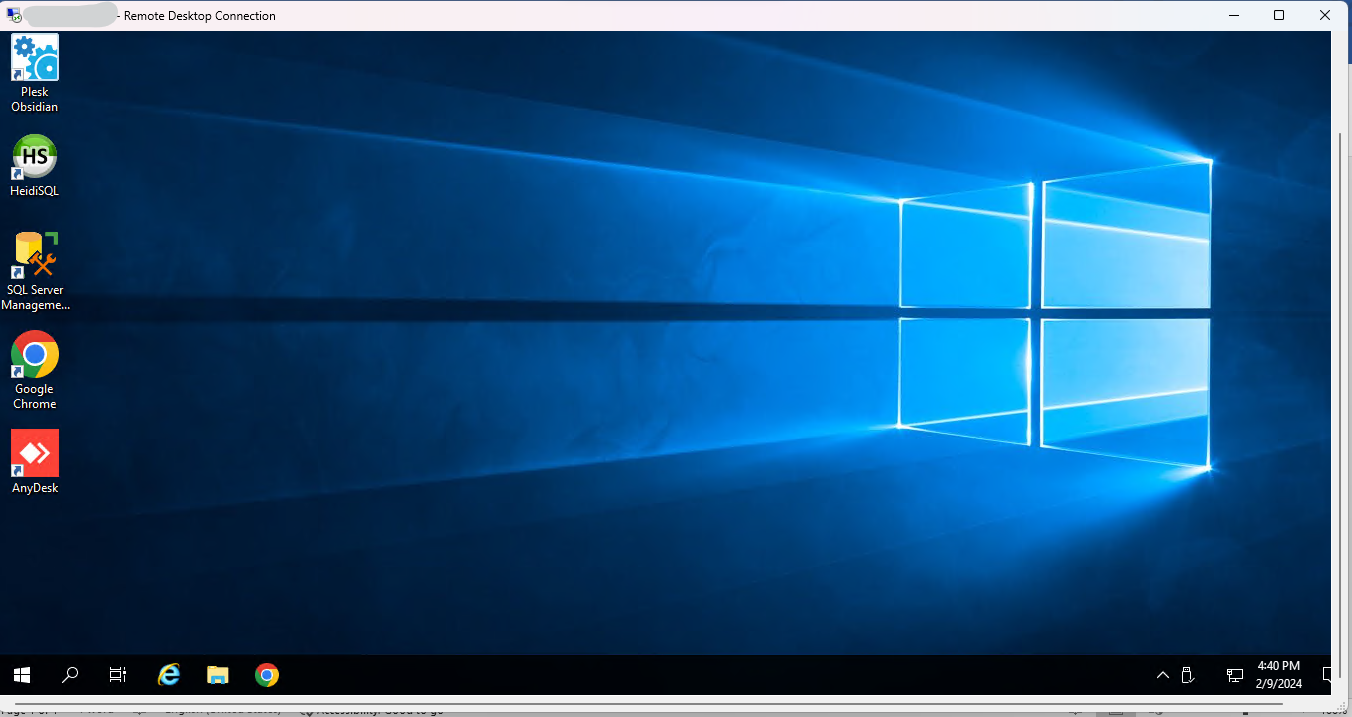What is Forex Trading?
Forex trading, also known as foreign exchange trading or currency trading, involves the buying and selling of currencies in the foreign exchange market. The forex market is the largest and most liquid financial market in the world, where participants trade one currency for another with the aim of making a profit. Here are the key details of forex trading, along with an example and table:
Key Elements of Forex Trading:
- Currency Pairs: In forex trading, currencies are quoted in pairs. A currency pair consists of a base currency and a quote currency. The value of one currency is expressed in terms of another. For example, in the EUR/USD currency pair, the EUR (Euro) is the base currency, and the USD (US Dollar) is the quote currency.
- Exchange Rate: The exchange rate is the price of one currency in terms of another. It represents how much of the quote currency is needed to purchase one unit of the base currency. Exchange rates fluctuate based on various factors, including economic data, geopolitical events, and market sentiment.
- Leverage: Forex trading often involves the use of leverage, which allows traders to control a larger position with a smaller amount of capital. Leverage amplifies both profits and losses, so it should be used with caution.
- Trading Platforms: Traders use trading platforms provided by brokers to execute their trades. Popular trading platforms include MetaTrader 4 (MT4) and MetaTrader 5 (MT5).
- Order Types: Traders can place different types of orders, including market orders (executed at the current market price), limit orders (executed at a specified price or better), and stop-loss orders (designed to limit potential losses).
Example of Forex Trading:
Let’s consider an example of trading the EUR/USD currency pair:
- You believe that the Euro (EUR) will strengthen against the US Dollar (USD), and the current exchange rate is 1.1500 (meaning 1 EUR = 1.15 USD).
- You decide to buy 10,000 EUR (0.1 lots) with a leverage of 50:1.
- You enter a long (buy) position at the current market price, which is 1.1500.
- After some time, the exchange rate moves in your favor, and it reaches 1.1550.
- You decide to close your position by selling your 10,000 EUR at this new exchange rate.
Now, let’s create a simplified table to illustrate this example:
| Action | Exchange Rate | Amount (EUR) | Amount (USD) | Result |
|---|---|---|---|---|
| Buy 10,000 EUR | 1.1500 | 10,000 EUR | 11,500 USD | |
| Sell 10,000 EUR | 1.1550 | 10,000 EUR | 11,550 USD | Profit: 50 USD |
In this example, you bought 10,000 EUR when the exchange rate was 1.1500 and sold it when the rate was 1.1550, resulting in a profit of 50 USD. This profit is the result of the exchange rate moving in your favor, and it highlights how forex traders aim to profit from price fluctuations in currency pairs.
It’s important to note that forex trading involves risks, and traders can also incur losses if the market moves against their positions. Risk management and a thorough understanding of the market are essential for successful forex trading.
Forex Market Overview:
The foreign exchange market (forex or FX) is a decentralized global marketplace for trading currencies. It operates 24 hours a day, five days a week, and involves a vast network of banks, financial institutions, governments, corporations, and individual traders. The main centers for forex trading include:
- Interbank Market: This is where the world’s largest financial institutions, such as banks and investment firms, conduct large-volume forex transactions.
- Retail Market: Individual traders and smaller financial institutions participate in the retail forex market through online trading platforms provided by brokers.
Currency Pairs:
Forex trading involves trading currency pairs. There are three primary categories of currency pairs:
- Major Pairs: These pairs include the most traded currencies globally, such as EUR/USD (Euro/US Dollar), USD/JPY (US Dollar/Japanese Yen), and GBP/USD (British Pound/US Dollar).
- Minor Pairs (Cross-Currency Pairs): These pairs do not include the US Dollar and consist of other major currencies, like EUR/GBP (Euro/British Pound) or AUD/JPY (Australian Dollar/Japanese Yen).
- Exotic Pairs: These pairs involve one major currency and one currency from an emerging or smaller economy. Examples include USD/TRY (US Dollar/Turkish Lira) and EUR/SGD (Euro/Singapore Dollar).
Leverage and Margin:
Leverage is a key feature of forex trading. It allows traders to control larger positions with a smaller amount of capital. However, leverage also increases the risk of substantial losses. Leverage ratios vary between brokers, but common ratios include 50:1, 100:1, and 500:1.
Spread and Pips:
The spread is the difference between the bid price (the price at which you can sell a currency pair) and the ask price (the price at which you can buy the same pair). Pips (percentage in point) are the smallest price movements in the forex market. For most currency pairs, one pip is equivalent to 0.0001, except for currency pairs involving the Japanese Yen, where one pip is 0.01.
Example 1:
Let’s say you’re trading the EUR/USD currency pair, and you believe the Euro (EUR) will strengthen against the US Dollar (USD). The current exchange rate is 1.2000, and you decide to buy 100,000 EUR (1 standard lot) with 50:1 leverage.
- Buy 100,000 EUR at 1.2000, requiring $2,000 in margin (100,000 EUR / 50 leverage = $2,000).
- The exchange rate moves to 1.2050.
- You decide to close your position.
| Action | Exchange Rate | Amount (EUR) | Amount (USD) | Result |
|---|---|---|---|---|
| Buy 100,000 EUR | 1.2000 | 100,000 EUR | $120,000 | |
| Sell 100,000 EUR | 1.2050 | 100,000 EUR | $120,500 | Profit: $500 |
Example 2:
Now, let’s consider an exotic currency pair, USD/TRY (US Dollar/Turkish Lira), which has a higher spread due to its lower liquidity.
- The current exchange rate is 9.0000, and you decide to buy 10,000 USD with 100:1 leverage.
| Action | Exchange Rate | Amount (USD) | Amount (TRY) | Result |
|---|---|---|---|---|
| Buy 10,000 USD | 9.0000 | $10,000 | ₺90,000 |
The profit or loss in this example would depend on how the USD/TRY exchange rate moves after you enter the trade.
Remember, these examples are simplified for illustration, and actual trading involves factors like transaction costs, overnight financing (swap), and market fluctuations.
Forex trading is highly speculative and carries a substantial risk of loss, so it’s essential to have a well-thought-out trading strategy and risk management plan before participating in the market. Additionally, traders should be aware of the specific terms and conditions of their chosen broker and the characteristics of the currency pairs they trade.
Buy Best Forex VPS from 349/month : https://www.hapihhost.in/vps-hosting/forex-vps-india/


